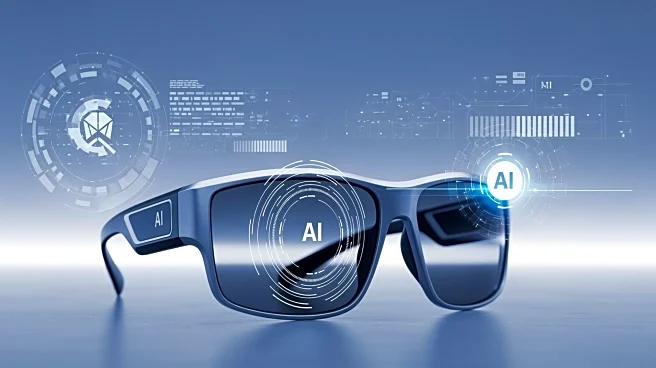What's Happening?
AI is increasingly being integrated into headphones, transforming them from simple audio devices into sophisticated AI wearables. Companies like Apple and Qualcomm are leading this evolution, with features such as AI-powered live translation and adaptive
audio settings. These advancements allow headphones to dynamically adjust to surroundings, alert users to potential dangers, and facilitate interactions with AI agents. The integration of AI into headphones represents a shift towards making AI a subtle, ambient force in everyday life, enhancing the functionality and user experience of personal audio devices.
Why It's Important?
The integration of AI into headphones signifies a major shift in wearable technology, potentially making headphones the primary interface for AI interactions. This development could lead to increased accessibility and convenience for users, as headphones are already widely owned and accepted. The ability to interact with AI through headphones could enhance productivity and safety, offering real-time assistance and information. For companies, this represents a lucrative opportunity to innovate within a familiar product category, potentially driving growth in the wearable tech market.
What's Next?
As AI capabilities in headphones continue to evolve, manufacturers may introduce more advanced features, such as gesture recognition and enhanced personal assistant functionalities. The market for AI-integrated headphones is expected to grow significantly, with companies investing in research and development to stay competitive. Consumers can anticipate more personalized and intuitive audio experiences, while businesses may explore partnerships to expand AI applications in personal audio devices.
Beyond the Headlines
The ethical considerations of AI in headphones include privacy concerns, particularly regarding data collection and usage. The long-term impact on consumer behavior and societal norms could lead to changes in how individuals interact with technology and perceive personal privacy.













